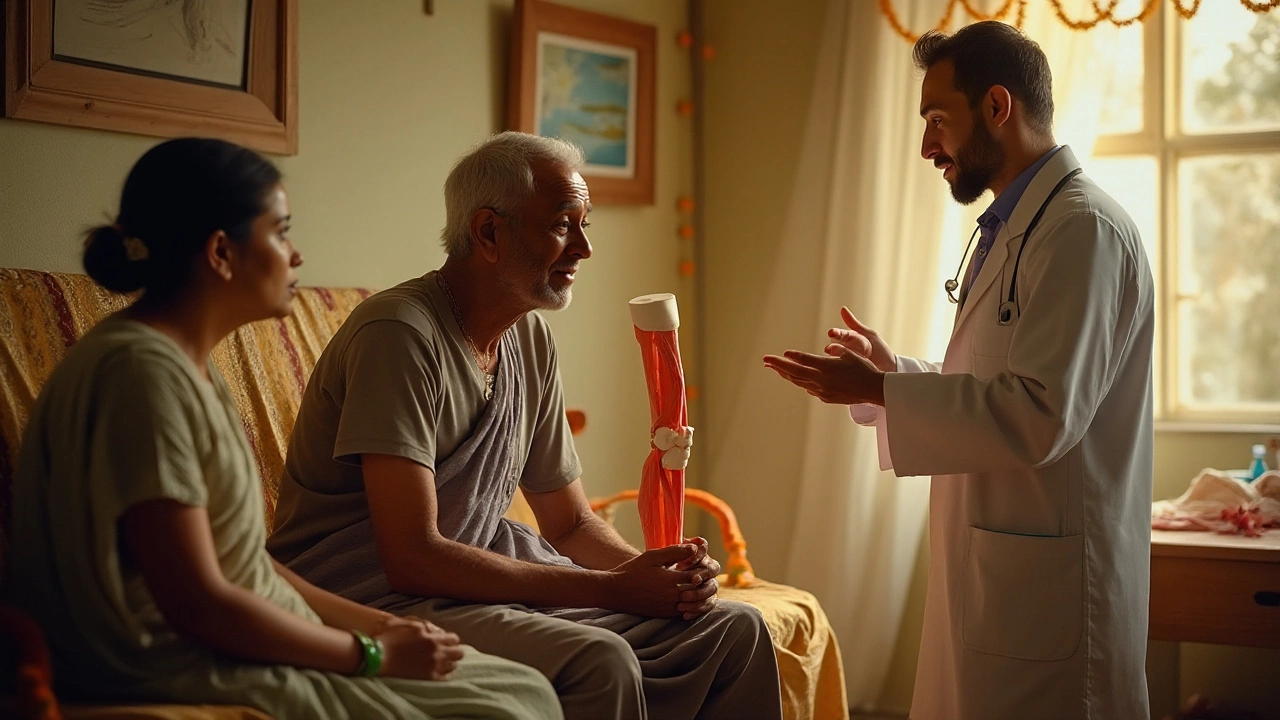Knee Operation
When dealing with Knee Operation, a surgical procedure that fixes joint damage, reduces pain, and restores mobility in the knee. Also known as knee surgery, it often involves a Knee Replacement, the most common type where the worn joint surfaces are swapped for artificial components. A successful knee operation requires postoperative rehabilitation, a structured program of physiotherapy and home exercises that rebuilds strength and range of motion. Another key factor is Driving After Knee Surgery, the act of getting back behind the wheel, which hinges on pain levels, knee stability, and legal guidelines. Together, these elements shape the overall recovery journey, influencing everything from the speed of returning to normal walking to the ability to resume daily tasks without pain.
What to Expect After Your Knee Operation
Right after the cut closes, most patients feel a mix of soreness, swelling, and limited movement. That's normal – the body is reacting to tissue trauma and the new joint components. The first week focuses on pain control, gentle range‑of‑motion drills, and protecting the incision. By week two, you’ll start walking after knee replacement with a walker or cane, aiming for short, steady steps that gradually increase in length. Rehab specialists stress the importance of quad‑sets, heel slides, and stationary bike sessions; these exercises prevent stiffness, a common challenge noted in many Knee Replacement Stiffness articles.
Medication plays a supporting role. Anti‑inflammatory drugs help curb swelling, while acetaminophen manages lingering aches. If swelling persists, doctors may recommend specific Orthopedic Swelling medications such as topical diclofenac or oral NSAIDs, always balanced against any stomach or kidney concerns. Monitoring red‑flag symptoms – sudden sharp pain, fever, or drainage – can catch complications early.
When it comes to getting back on the road, most surgeons advise waiting at least four to six weeks before driving, but the exact timeline depends on the operated leg, pain level, and your confidence in using the pedals. A simple test is to see if you can perform a rapid‑stop maneuver without hesitation; if you can, the risk of an accident drops dramatically. Remember, local traffic laws may set minimum waiting periods, so double‑check your state’s regulations.
Putting all these pieces together, a knee operation is more than just the cut and stitch. It ties together the surgical technique, the rehabilitation plan, medication management, and the practical step of driving again. Below you’ll find articles that dive deeper into each of these topics, from timelines for walking after knee replacement to the hardest part of recovery and tips for overcoming pain. Use them as a roadmap to navigate your own recovery and get back to the activities you love.

Understanding the Duration of Total Knee Replacement Surgery
Total knee replacement surgery is a significant procedure aimed at alleviating joint pain and improving mobility. This article explores the typical duration of this surgery, factors that affect the time it takes, and what patients can expect pre- and post-operation. Understanding the timeline is crucial for setting realistic expectations and preparing for recovery. Whether you're considering this surgery or supporting someone who is, knowing what to expect can ease anxiety and prepare you for the journey ahead.
read more



